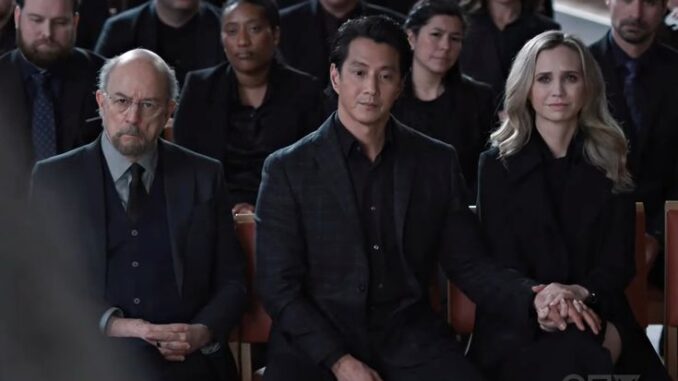
When we watch The Good Doctor, our eyes are naturally drawn to the drama of the operating room: the precise movements, the beeping monitors, the tension that hangs in the air. But behind the surgical mask, beyond the glare of the lights, lies a series of battles that are far less visible—and far more personal.
Dr. Shaun Murphy’s brilliance as a surgeon is the first thing most people notice. His encyclopedic knowledge of anatomy, his ability to visualize complex procedures in his mind, and his unshakable focus during crises make him stand out even among the best. But for every victory in the OR, there’s a challenge waiting outside it. And unlike the structured environment of surgery, these challenges come without a clear set of steps to follow.
One of Shaun’s greatest hidden battles is the constant need to prove himself—not just as a doctor, but as a human being worthy of respect and belonging. Living with autism and savant syndrome means that many people, including colleagues and patients, make assumptions about his capabilities before he even speaks. Some see his differences as weaknesses; others simply don’t understand them. Every interaction becomes a test, every day a quiet fight against prejudice.
These battles are rarely loud or obvious. Sometimes they’re as small as a colleague doubting his judgment in a case. Other times they’re as cutting as a patient refusing treatment because they “don’t feel comfortable” with him as their surgeon. Each instance forces Shaun to choose: defend himself, prove them wrong, or walk away. And while he often chooses to prove himself through action rather than argument, the emotional toll accumulates.

Then there are the social battles. Hospital culture relies heavily on quick communication, unspoken cues, and emotional intelligence—areas where Shaun sometimes struggles. Misreading a colleague’s tone, missing the subtleties of office politics, or speaking too bluntly can create misunderstandings that overshadow his skill. These moments are frustrating, not because Shaun can’t adapt, but because he must constantly navigate a world designed for people who process information differently.
Yet perhaps the most profound hidden battle Shaun faces is internal: the effort to balance staying true to himself with adapting enough to work effectively in his environment. It’s a delicate line to walk. Too much adaptation risks losing his authenticity; too little risks alienating those he needs to work with. This ongoing negotiation is exhausting, but it’s also where some of his greatest growth happens.
The series captures these hidden battles with nuance. We see Shaun in moments of triumph, when his unique perspective leads to a breakthrough that saves a life. But we also see him alone in the quiet of his apartment, replaying conversations, wondering if he should have said something differently, or if he’ll ever be fully accepted for who he is. These scenes remind us that the battles we can’t see are often the ones that define us most.
What makes these struggles resonate is that they’re not exclusive to Shaun. Many people, for various reasons, feel they have to wear a “mask” in their daily lives—whether to fit into a workplace, a social group, or even their own family. Shaun’s story gives voice to that experience, showing the courage it takes to keep showing up authentically, even when it’s hard.
Over time, we watch Shaun win some of these battles, not by becoming someone else, but by finding allies who see his value. Mentors who challenge him without trying to change him. Friends who accept his quirks as part of his charm. Patients who trust him not just because of his skill, but because of his honesty. These victories, though quieter than a successful surgery, are just as important.
In the end, The Good Doctor reminds us that masks—whether literal or metaphorical—are sometimes necessary, but they should never be permanent. The hidden battles Shaun fights are the ones that make his visible successes so powerful. Every time he steps into the OR, he’s not just battling disease or injury—he’s battling the doubts, biases, and misunderstandings that follow him everywhere.
